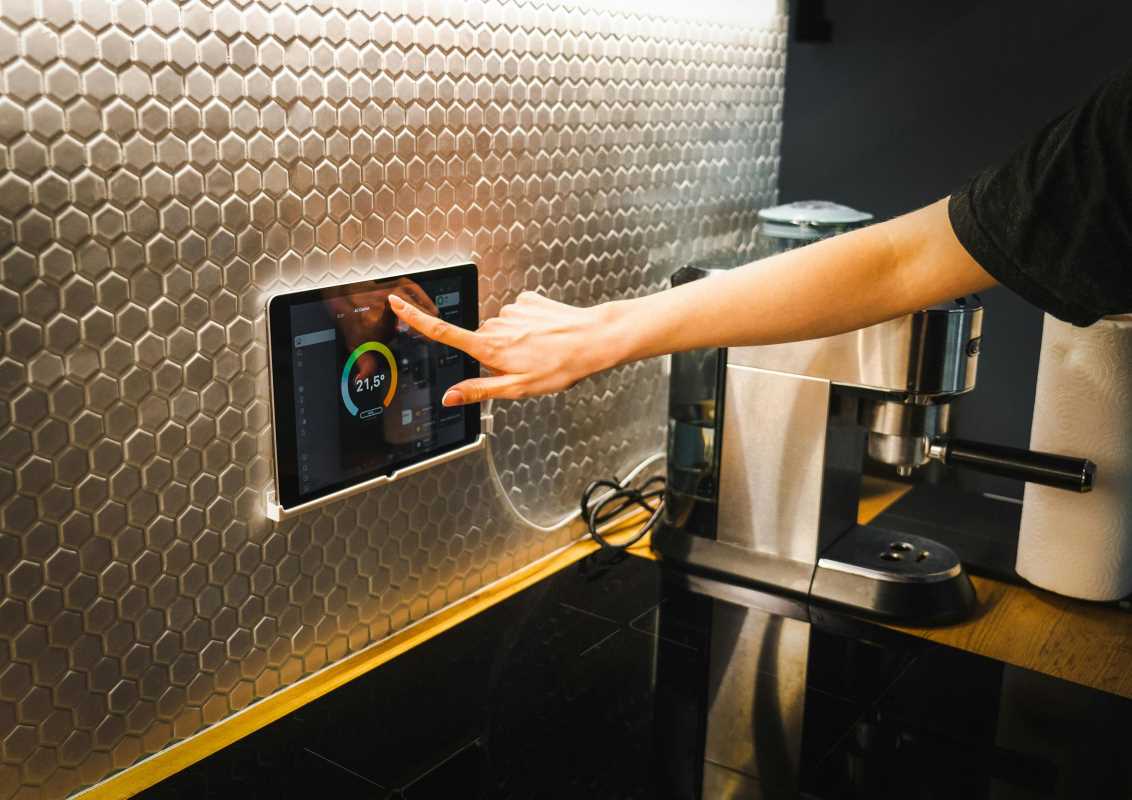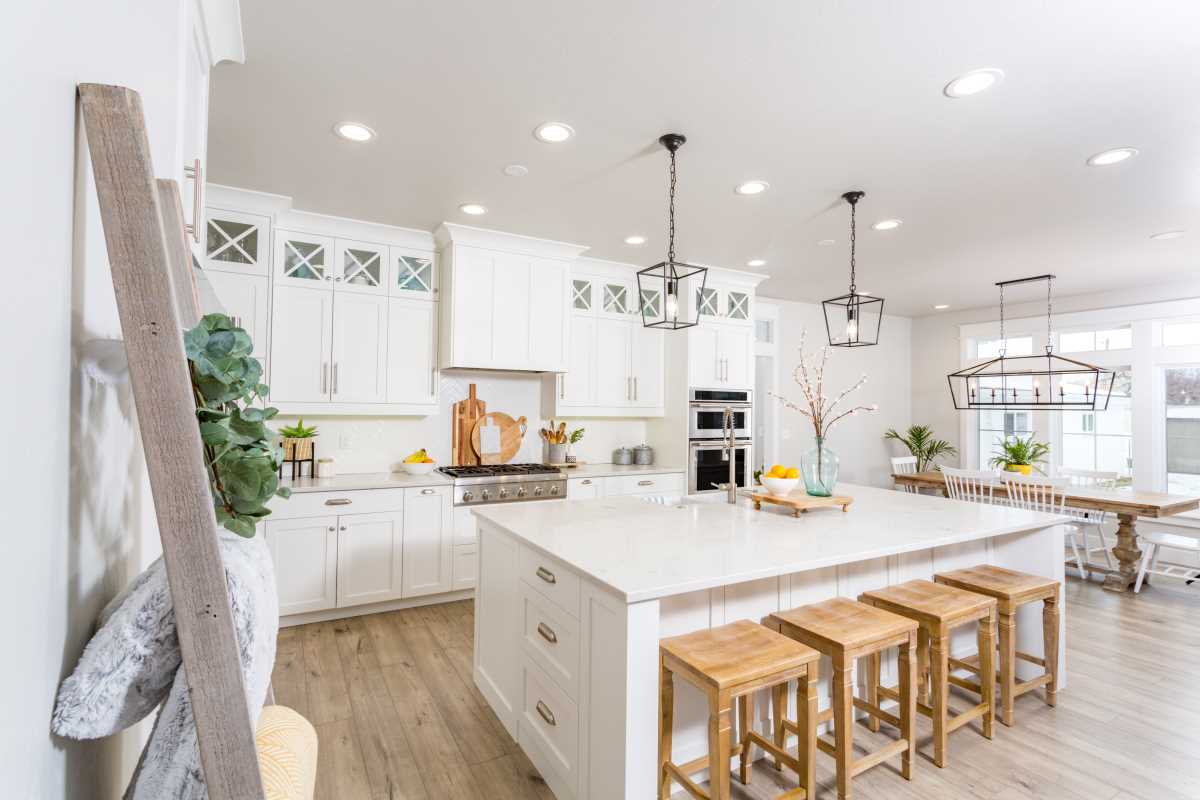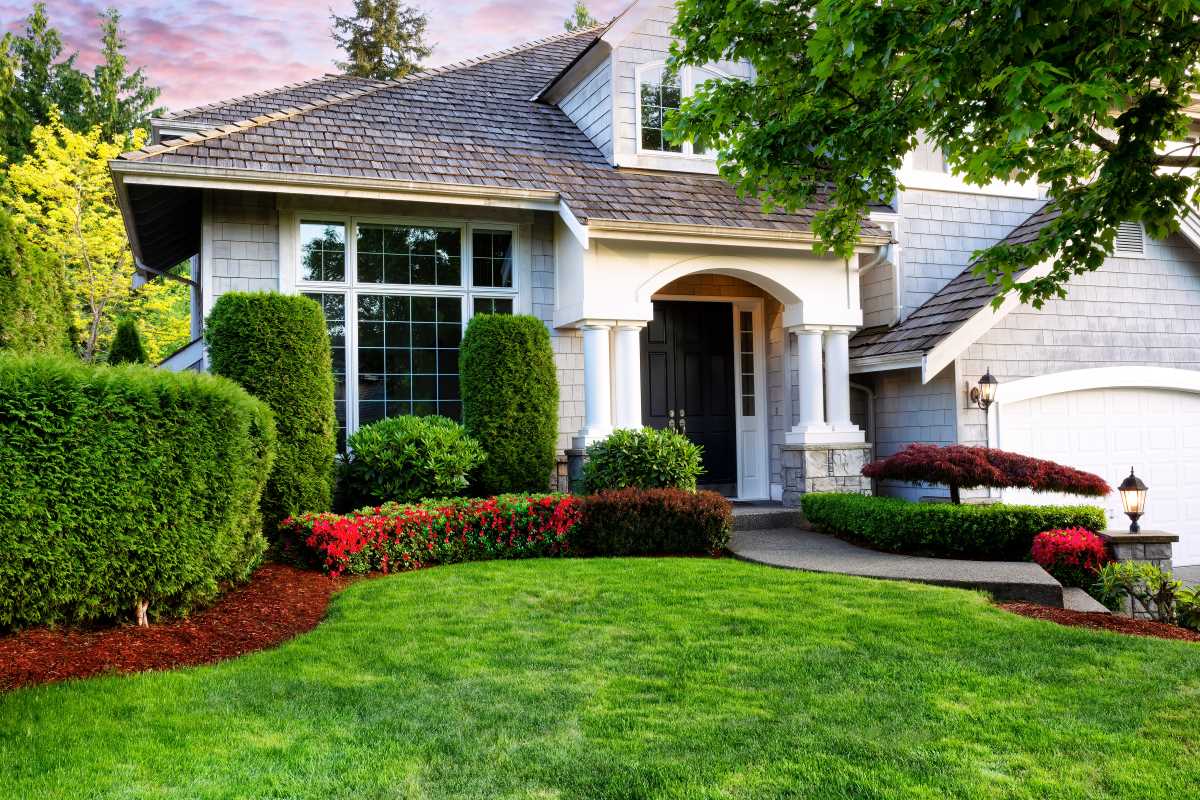Making your home eco-friendly is one of the best ways to reduce your impact on the planet. It can also save you money by cutting energy and water bills in the long run. Many people think going green is too expensive, but that’s not true.
There are plenty of affordable upgrades you can make on a budget. Small changes can make a big difference for your home and the environment. Whether it’s using less energy, switching to sustainable materials, or conserving water, everyone can take steps toward a greener home without breaking the bank. This article will explore easy and low-cost ways to make your home eco-friendly.
Switch to LED Light Bulbs
Replacing traditional bulbs with LED ones is one of the simplest steps. LED bulbs use up to 90% less energy than regular bulbs and last much longer. Though they cost a bit more upfront, the money you save on energy bills over time makes it worth it. Plus, they’re available at nearly any store, so they’re easy to find.
Seal Air Leaks
Drafty windows and doors make your home lose heat in the winter and cool air in the summer. This wastes energy and increases your utility bills. Use inexpensive weatherstripping or caulk to seal gaps and cracks. These quick fixes make a big difference without costing much. You’ll notice your home feels more comfortable, too.
Install a Programmable Thermostat
Programmable thermostats can save you a lot on heating and cooling costs. They allow you to set a schedule so your home isn’t being heated or cooled when it doesn’t need to be. You can lower the temperature when you’re asleep or at work. Many programmable thermostats are affordable and even simple to install yourself.
Use Water-Saving Devices
Saving water is good for the planet and your pocket. Install low-flow showerheads or faucet aerators to reduce water use without losing pressure. These upgrades are cheap and easy to install. Fixing leaky faucets and toilets can also save a surprising amount of water.
Switch to Energy-Efficient Appliances
When it’s time to replace an appliance, choose an energy-efficient one with an Energy Star label. These appliances might have a slightly higher upfront cost, but they use less energy and water, saving you money over time. Look for deals, rebates, or used appliances to cut the initial cost.
Start a Compost Bin
Instead of throwing food scraps and yard waste in the trash, use them to create compost. Compost helps your plants grow and reduces the amount of waste sent to landfills. You can make a compost bin at home using inexpensive materials, like an old storage container.
Use Curtains or Blinds for Insulation
Window treatments don’t just look nice—they can also help your home use energy more efficiently. Thick curtains or blinds help keep heat out during the summer and trap warmth inside during the winter. Budget-friendly options are available at most home stores.
Opt for Recycled or Upcycled Materials
Instead of buying brand-new items, look for materials you can reuse or upcycle. You can turn old furniture into something new or find secondhand building materials for home projects. This not only saves money but also reduces waste.
Plant a Garden or Shade Trees
Planting a small garden for fruits, vegetables, or herbs can help you eat fresh while reducing the need for store-bought goods wrapped in plastic. If you have space, consider planting trees for natural shade. Over time, they help cool your home in the summer, cutting down on air conditioning costs.
Tips for Budget-Friendly Green Living
Now that you know some affordable upgrades, here are tips to make eco-friendly living even easier.
Look for Rebates and Incentives
Many local governments and utility companies offer rebates for eco-friendly upgrades. These could include discounts on energy-efficient appliances or thermostats.
DIY When Possible
Doing the work yourself can cut costs significantly. For example, you can paint recycled furniture or install weatherstripping without hiring a professional. There are plenty of online tutorials to help you learn.
Prioritize Upgrades
Start with the changes that will save you the most money. Sealing air leaks or switching to LED lights often pays back quickly. You don’t need to do everything at once—taking small steps over time makes it manageable.
Buy Secondhand
Before buying new, check thrift stores, online resale sites, or community “buy nothing” groups for items you can use. This reduces your costs and keeps items out of the landfill.
Track Your Savings
Keep an eye on your utility bills to see how much you’ve saved after making changes. It’s encouraging to see your efforts pay off.
 (Image via
(Image via





